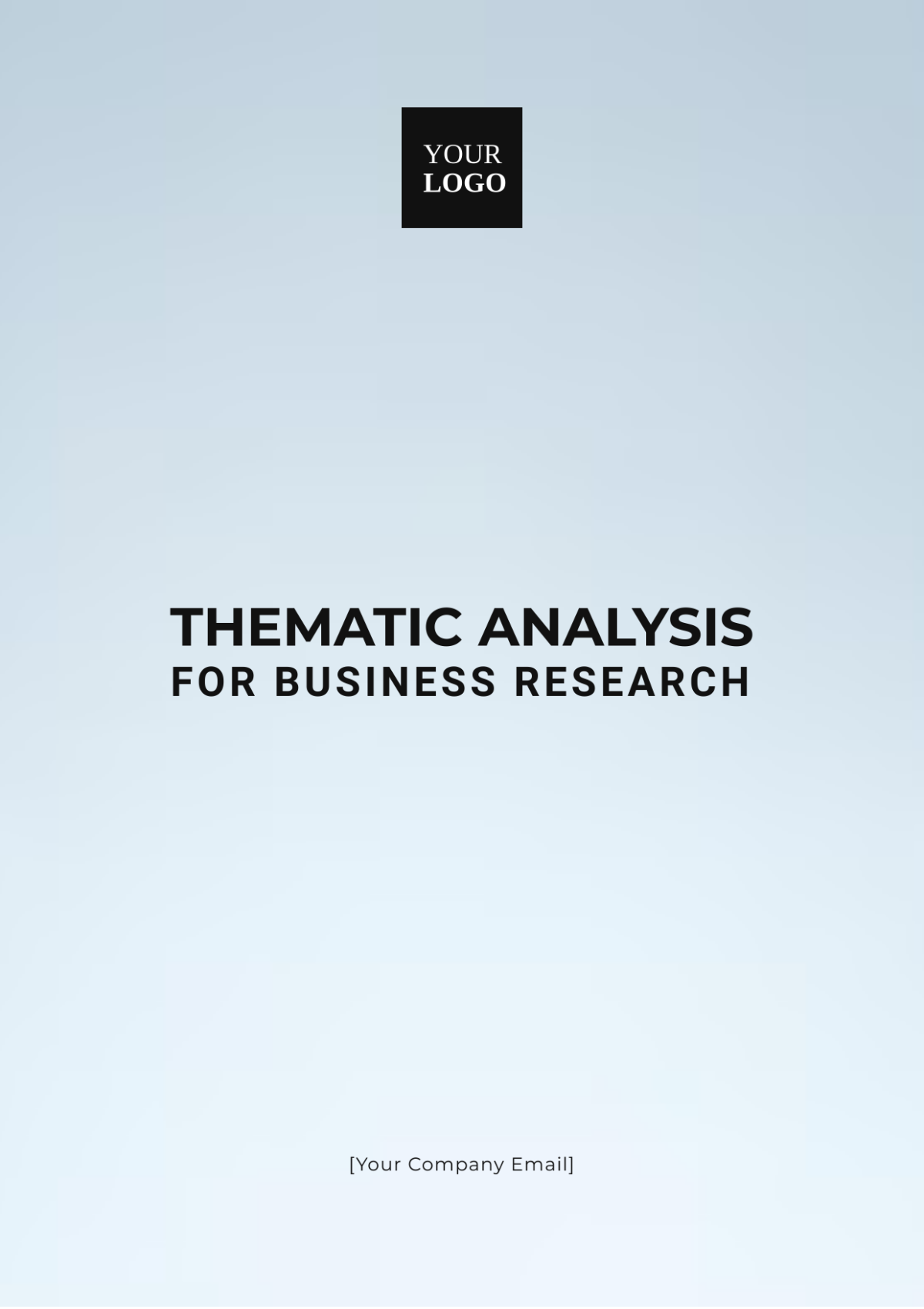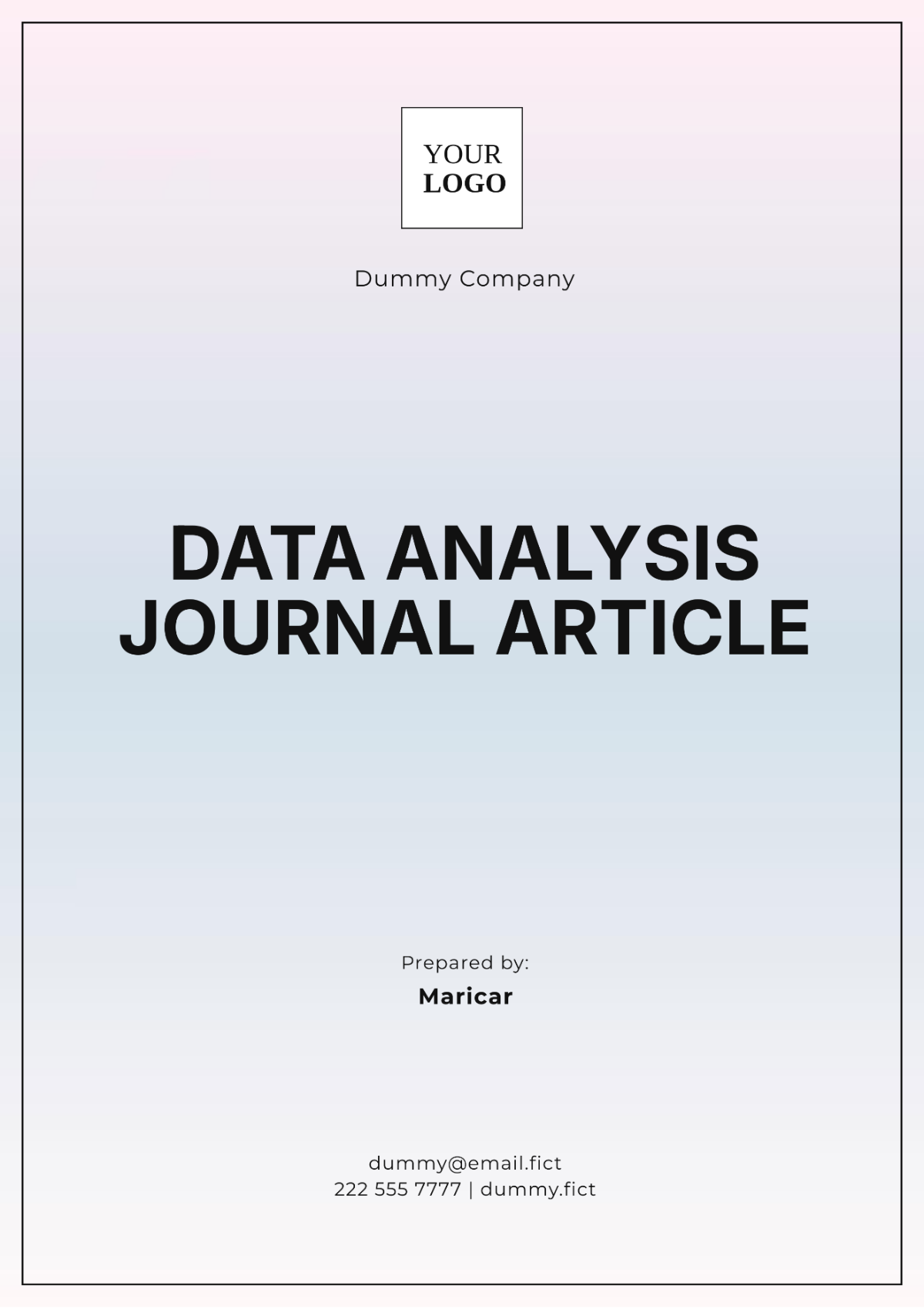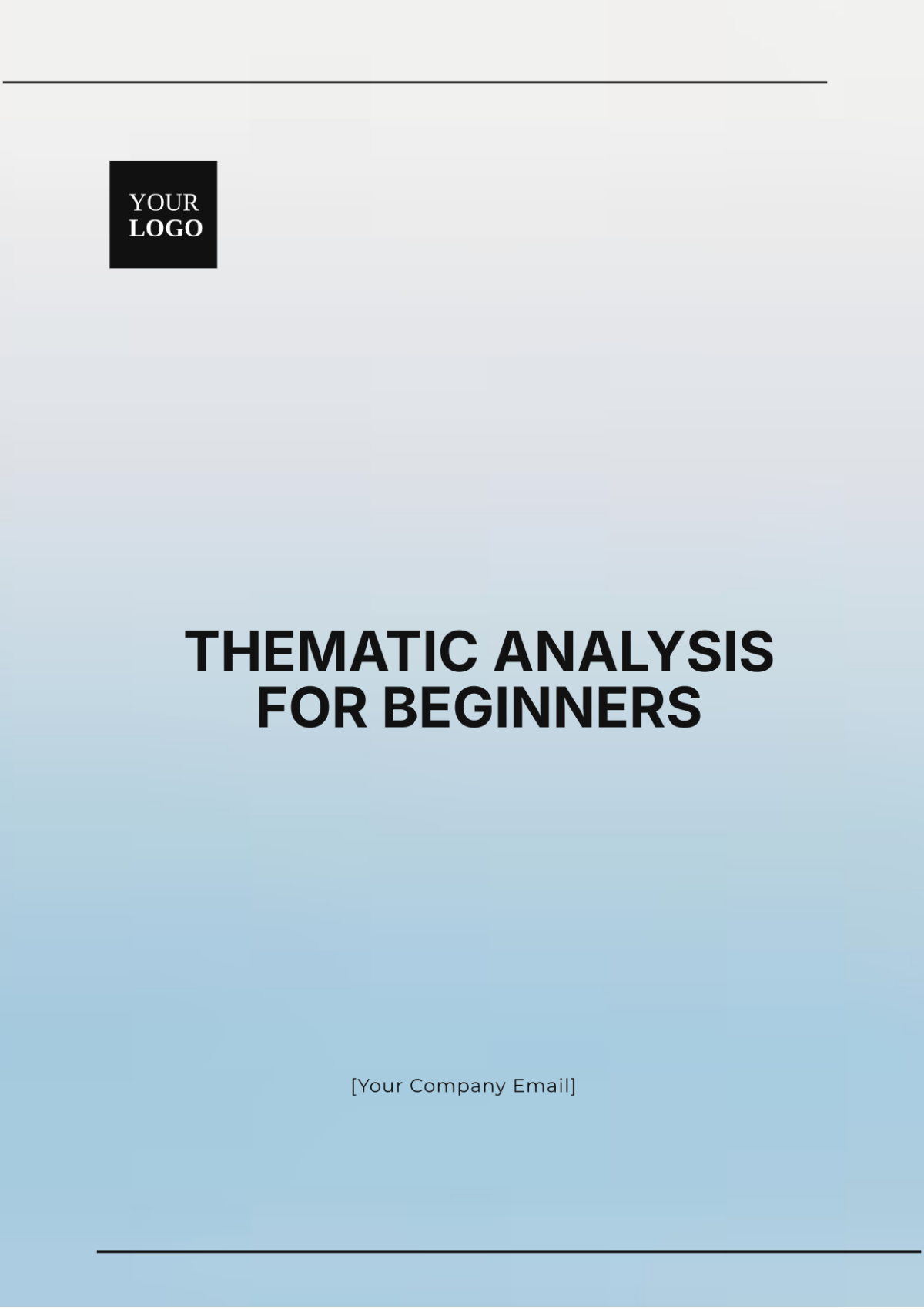Broadcast Media Content Analysis
Prepared by: [Your Name]
Date: [Date]
I. Introduction
Broadcast Media Content Analysis is a methodical investigation of media content, including television and radio broadcasts, aimed at appraising and interpreting diverse elements such as themes, messages, tone, and frequency of specific subjects. This analysis is crucial for discerning media trends, inherent biases, and the representation of various topics. For media professionals, advertisers, social scientists, and policymakers, understanding these elements is pivotal for aligning their strategies, messages, and interventions with current media landscapes.
II. Methodology
The methodology employed in the Broadcast Media Content Analysis for the year 2050 and beyond includes several critical steps:
Sample Selection: A representative sample of TV and radio broadcasts was chosen from a specified period (January 2050 to June 2050) to ensure a comprehensive overview of media trends.
Data Collection: Broadcasts were recorded using advanced digital recording technologies and transcribed using AI-powered transcription tools for precise and efficient analysis.
Content Coding: Coders, supported by AI-assisted tools, utilized a predefined codebook to categorize different elements such as themes, messages, tone, and frequency. The codebook was updated to include new emerging themes relevant to the 2050s, such as climate change technology and digital privacy.
Data Analysis: Advanced statistical and qualitative methods, including machine learning algorithms, were applied to interpret the data. Predictive analytics were employed to identify emerging trends and shifts in media focus.
Validation: Cross-validation with other recent content analysis studies and rigorous inter-coder reliability checks were performed to ensure consistency and accuracy in the findings.
III. Findings
The analysis of the broadcast media content from January 2050 to June 2050 yielded the following findings:
III.I Themes
The predominant themes identified across the TV and radio broadcasts include:
Politics and Governance: Discussions on futuristic governance models, policy responses to climate change, and advancements in political technology.
Health and Wellness: Coverage on breakthroughs in AI-driven medical diagnostics, mental health innovations, and global health initiatives.
Entertainment and Lifestyle: New trends in digital entertainment, virtual reality experiences, and futuristic lifestyle developments.
Business and Economy: Focus on digital currencies, green technologies, and the impact of automation on the job market.
Sports: Coverage of emerging sports, e-sports, and technological enhancements in traditional sports.
III.II Messages
Key messages conveyed within the broadcasts were varied, reflecting the themes:
Political Debates and Policies: Insights into new political models, AI-assisted decision-making, and climate action plans.
Health Alerts and Medical Advancements: Updates on AI-driven health solutions, mental wellness strategies, and responses to global health crises.
Celebrity News and Cultural Trends: Trends in virtual celebrity appearances, digital art, and lifestyle shifts due to technology.
Market Trends and Financial Advice: Analysis of digital currencies, investment in green technologies, and automation's impact on economic structures.
Match Results and Sports Commentaries: Coverage of futuristic sports leagues, AI-assisted training programs, and virtual sports arenas.
III.III Tone
The broadcast content exhibited diverse tones, summarized as follows:
Theme | Tone |
|---|---|
Politics and Governance | Analytical to Cautious |
Health and Wellness | Hopeful to Urgent |
Entertainment and Lifestyle | Innovative to Enthusiastic |
Business and Economy | Analytical to Optimistic |
Sports | Excited to Analytical |
III.IV Frequency
The frequency of specific topics aired in the broadcasts was recorded and is illustrated below:
Topic | Frequency (Occurrences per Week) |
|---|---|
Politics | 20 |
Health | 15 |
Entertainment | 25 |
Business | 12 |
Sports | 22 |
IV. Analysis
The Broadcast Media Content Analysis reveals several significant insights:
Biases: The analysis identified biases in the portrayal of certain themes, with political content often reflecting the media outlet's alignment with emerging governance models. Health-related broadcasts occasionally displayed sensationalism, particularly regarding AI medical technologies, potentially leading to public confusion or undue anxiety.
Trends: There is a noticeable trend towards increasing coverage of entertainment and digital lifestyle topics, reflecting the public's growing interest in virtual experiences and new media formats. Conversely, coverage of in-depth business analysis and traditional political reporting appears to have decreased, possibly indicating a shift in editorial focus or audience preferences.
Public Perception: The tone analysis highlights how the media's presentation style might affect public perception. For instance, the cautious tone in political broadcasts may foster skepticism about new governance models, while the enthusiastic tone in entertainment broadcasts could drive greater engagement with emerging digital trends.
V. Conclusion
The Broadcast Media Content Analysis for the year 2050 underscores the evolving landscape of media presentation. The shift towards entertainment and digital lifestyle coverage reflects changing audience interests, while the need for balanced reporting on critical issues like politics and health remains crucial. This analysis emphasizes the importance of media literacy among consumers and the necessity for continuous monitoring of broadcast content to uphold ethical journalism standards in an increasingly digital and automated world.
VI. Appendices
VI.I Appendix A: Codebook
The codebook used for content categorization includes:
Political Content: Coverage of futuristic governance models, AI in politics, climate policies.
Health Content: AI-driven diagnostics, mental health innovations, global health strategies.
Entertainment Content: Virtual reality, digital celebrity news, lifestyle technology.
Business Content: Digital currencies, green technologies, automation impacts.
Sports Content: Emerging sports, e-sports, AI in sports training.
VI.II Appendix B: Detailed Statistical Tables
Detailed statistical tables showcasing the frequency and distribution of themes across the sampled broadcasts:
Theme | Frequency (Occurrences per Month) |
|---|---|
Politics | 80 |
Health | 60 |
Entertainment | 100 |
Business | 48 |
Sports | 88 |

















































